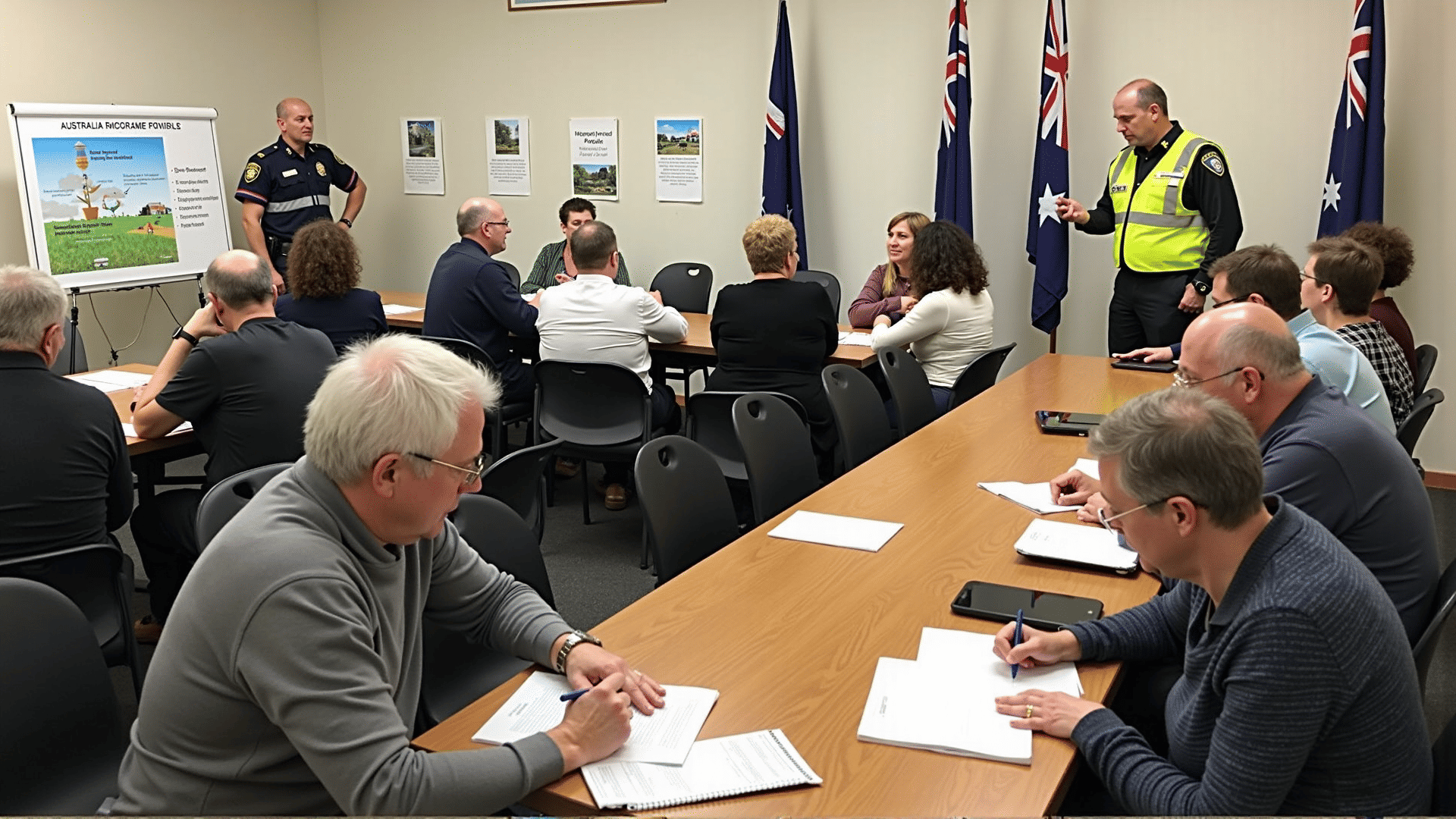In an increasingly complex and interconnected world, understanding and preparing for potential risks is crucial in safeguarding not only our personal well-being but also our economic stability. Identifying potential threats and implementing preventative measures can significantly reduce the impact of unforeseen events. Here are some key strategies to enhance our awareness and preparedness.
Identifying Potential Risks
To start, a comprehensive assessment of possible threats is essential. Risks can be categorized into various types, such as natural disasters, technological failures, health crises, or unexpected economic changes. Recognizing these can help us develop a deeper understanding of how they might affect us.
-
Stay Informed: Keeping up with current news, trends, and alerts is the first step in risk identification. Subscribing to reliable news sources can offer useful information about potential upcoming challenges.
-
Community Engagement: Engaging with the community through local events or online forums can provide insights into region-specific threats. Often, local governments and organizations hold seminars and workshops on safety and preparedness.
-
Assessment Tools: Utilizing risk assessment tools and checklists can aid in identifying specific vulnerabilities. These tools can be tailored to individual circumstances, whether at home, work, or within the community.
Preparing Effectively
Once risks are identified, creating a plan to address them is vital. Effective preparation involves a combination of strategic planning and resource management.
-
Create an Emergency Plan: Draft a detailed emergency plan catering to various scenarios. Include contact information, escape routes, and supply lists. Ensure that all family members or team members are familiar with the plan and conduct regular drills to practice its implementation.
-
Resource Management: Stock up on supplies that may be essential during an emergency. This can include food, water, medications, and first-aid kits. Regularly check these supplies to ensure they remain fresh and available.
-
Skill Development: Learning and developing key skills such as first aid, technical troubleshooting, or basic self-defense can enhance readiness and the ability to respond effectively when faced with a challenge.
-
Financial Safeguards: Maintaining a reserve fund can alleviate the impact of unexpected events. Regular contributions to savings, as well as diversifying resources, can provide added security.
Conclusion
While it is impossible to predict every potential threat, being aware and prepared can greatly minimize risks. By staying informed, assessing vulnerabilities, and implementing comprehensive plans, individuals and communities can strengthen their resilience against unforeseen challenges. Moreover, fostering a mindset of preparedness can empower individuals to take proactive steps in ensuring their safety and stability.
